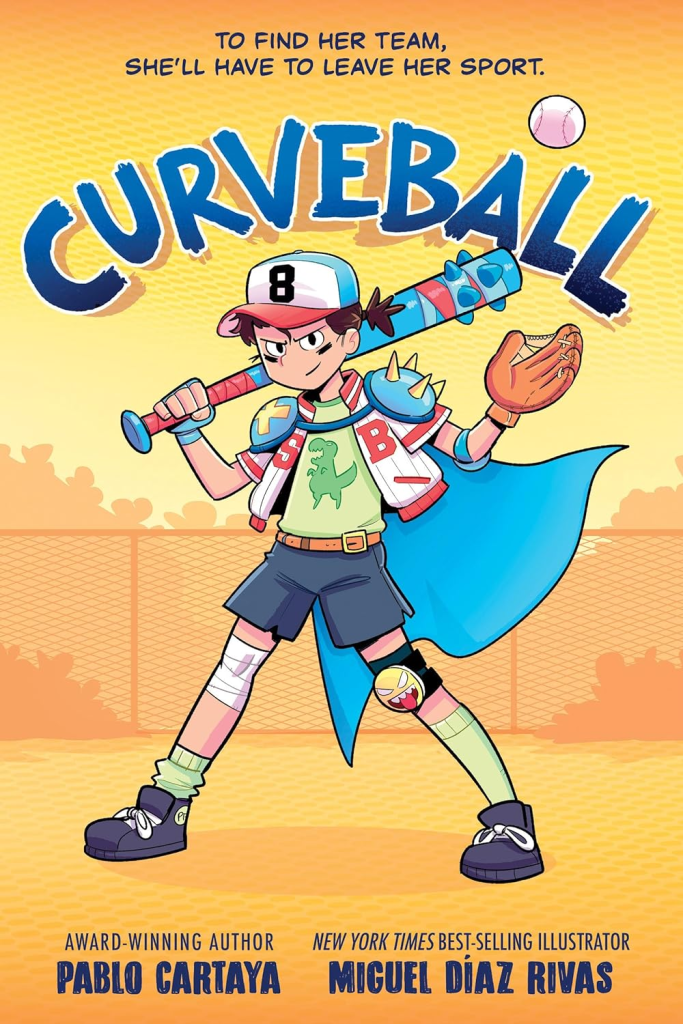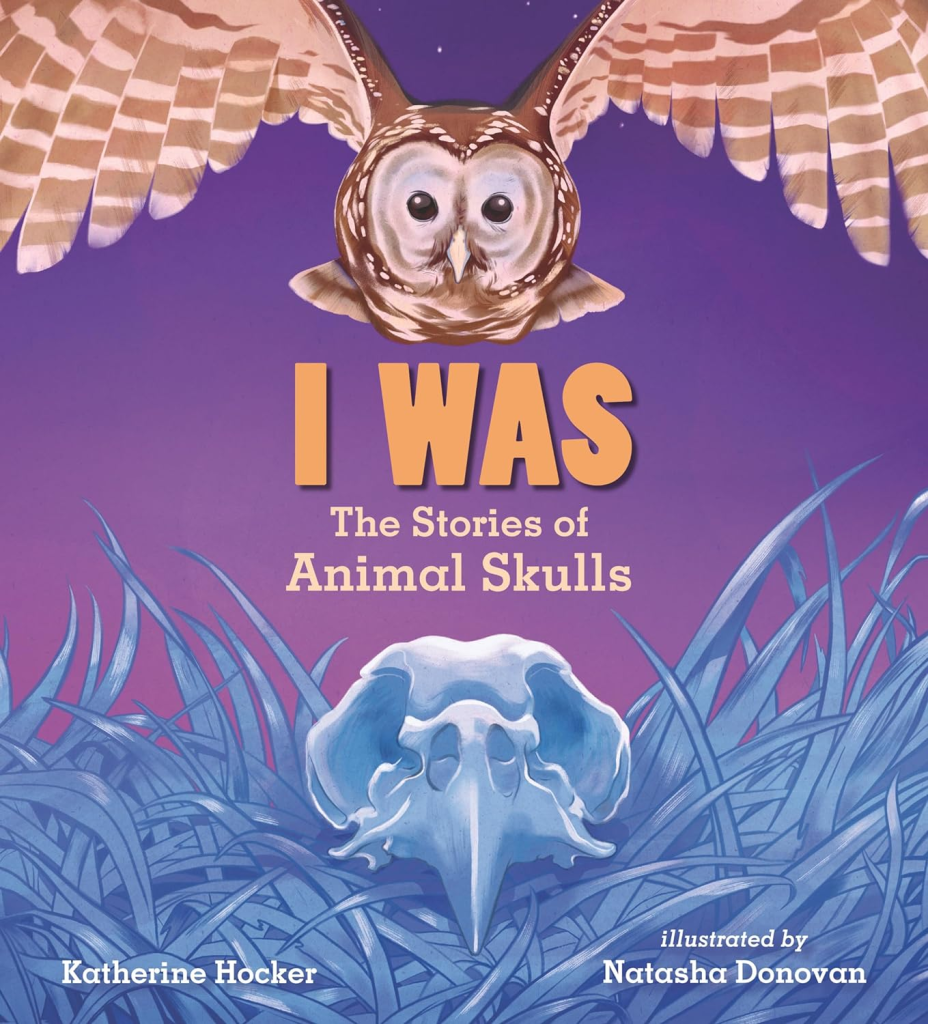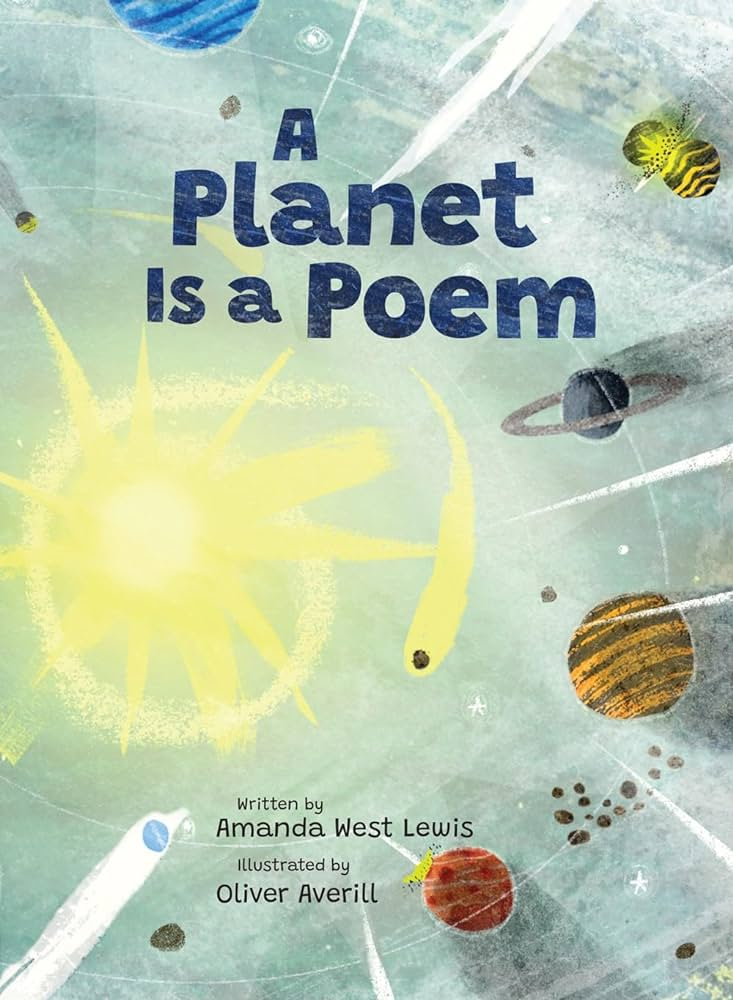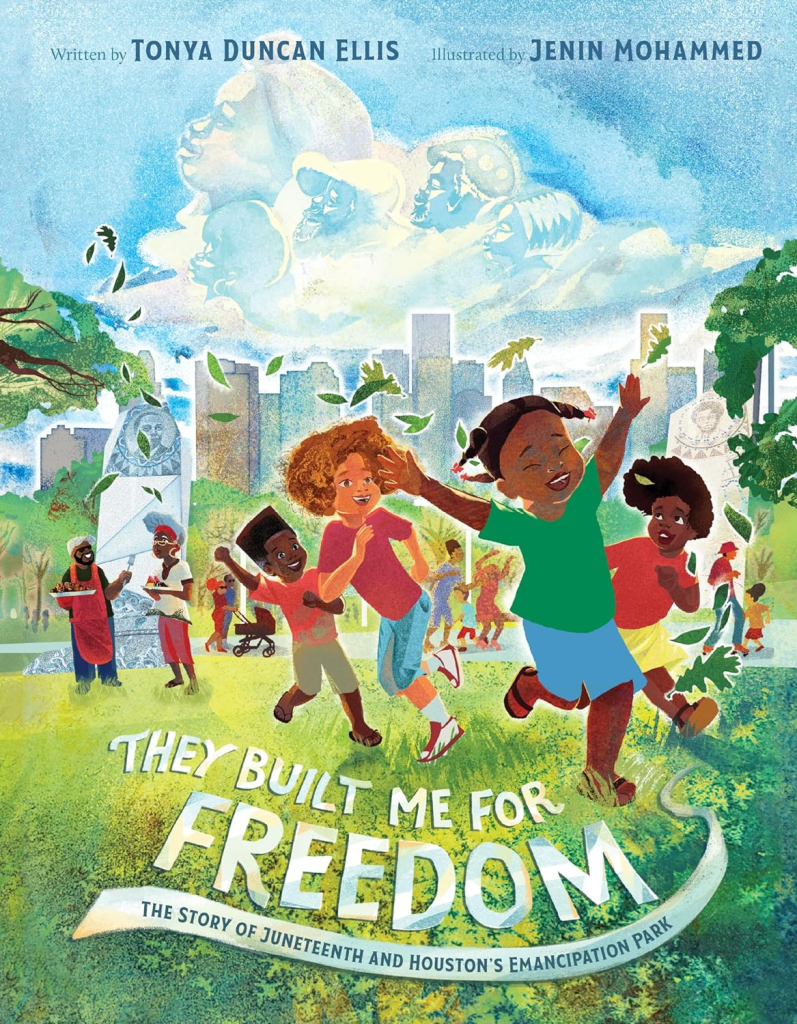And Then, Boom! by Lisa Fipps (Nancy Paulsen Books, 256 pages, grades 4-7) and The Tenth Mistake of Hank Hooperman by Gennifer Choldenko (Knopf Books for Young Readers, 320 pages, grades 4-7). I read these two books back-to-back, and they are remarkably similar: both are written by Newbery Honor winners, and both feature sixth-grade boys with unreliable mothers, strong grandmothers who die, and a choice between trying to fend for themselves and going into the foster care system. Joe Oak, from the novel in verse And Then, Boom! experiences homelessness after his grandmother loses her home bailing out Joe’s mother when she gets arrested. After living in their car for a while, Joe’s best friend Nick finds a place in his mobile home park for them to live. Things are looking up until Grandmum suddenly passes away, and Joe is on his own, fearing that if he’s discovered, he’ll be at the mercy of Child Protection Services. The title comes from Joe’s love of comic books, where surprising turns of events are announced with a BOOM, and a final near-catastrophe results in Joe finally getting help from the caring people who have been around him all along.
Hank Hooperman lives with his mother and three-year-old sister Boo. When the story opens, their mom has been missing for a week, and Hank is desperately trying to figure out what to do. He reaches out to Lou Anne, the woman his mother listed as an emergency contact on a permission slip and finds temporary housing there. Lou Anne was one of his late grandmother’s closest friends, and while she provides housing for the kids, Hank reminds her of her own estranged teenage son, and she’s not particularly welcoming to him. Fortunately, a neighbor named Ray proves to be a caring friend and mentor, and Hank is getting along okay until his mother unexpectedly reappears, throwing everything into chaos. A few weeks in the foster care system reveals the bleakness of that path, but as with Joe, Hank learns that there are people around him who genuinely care and can help him get back on his feet again.
I loved both of these books, reading each in under 48 hours, and my fingers are crossed that they will both get Newbery consideration. There aren’t enough middle-grade books with boy protagonists, and both Joe and Hank are endearing narrators, both forced to grow up too fast, but still children, with a love of basketball and a need to be taken care of. There also aren’t enough stories of kids living in poverty, the unfortunate reality for way too many young readers. My one complaint about both books is that it really demonized the mothers, and the completely absent fathers pretty much got off scot-free.























